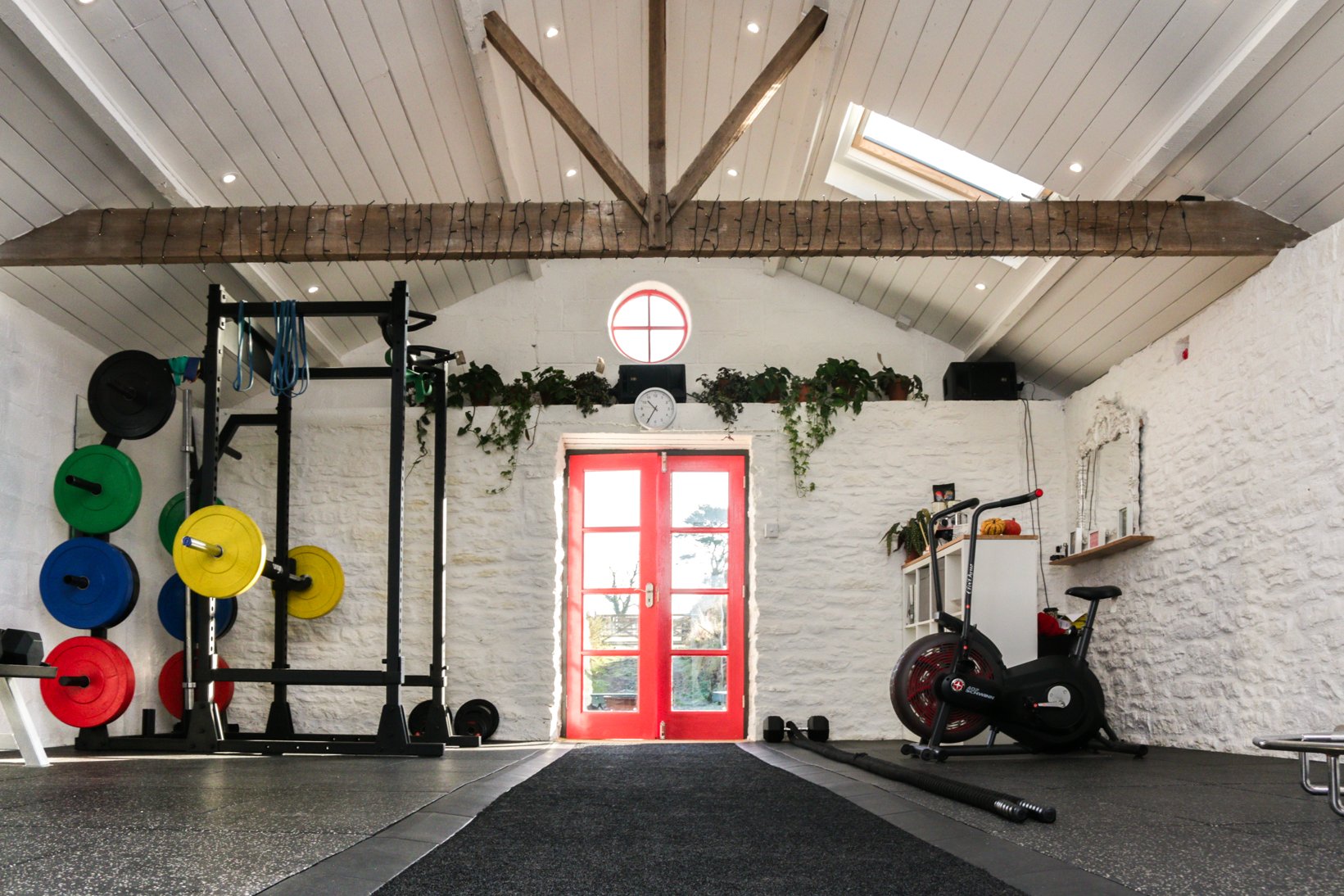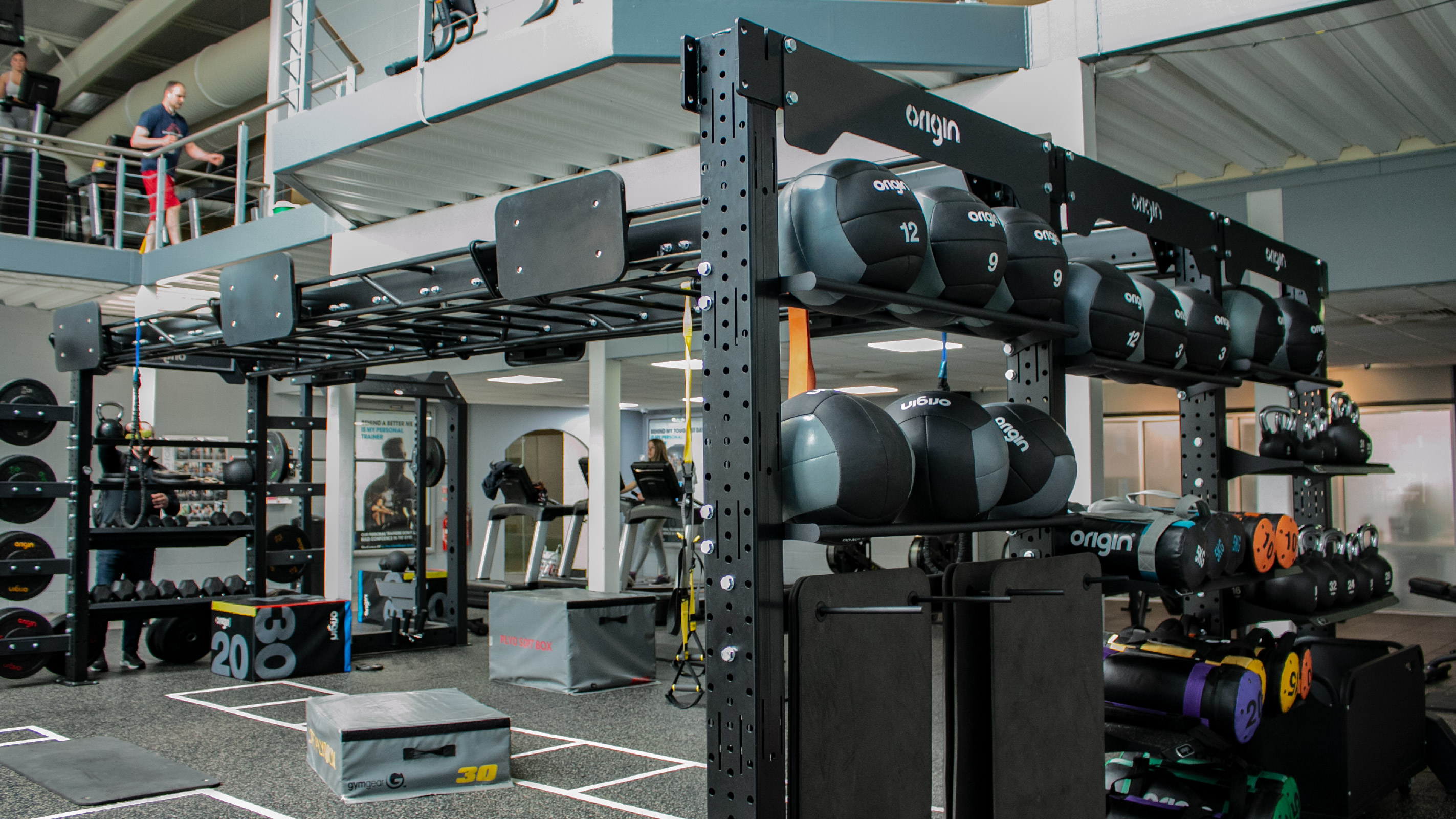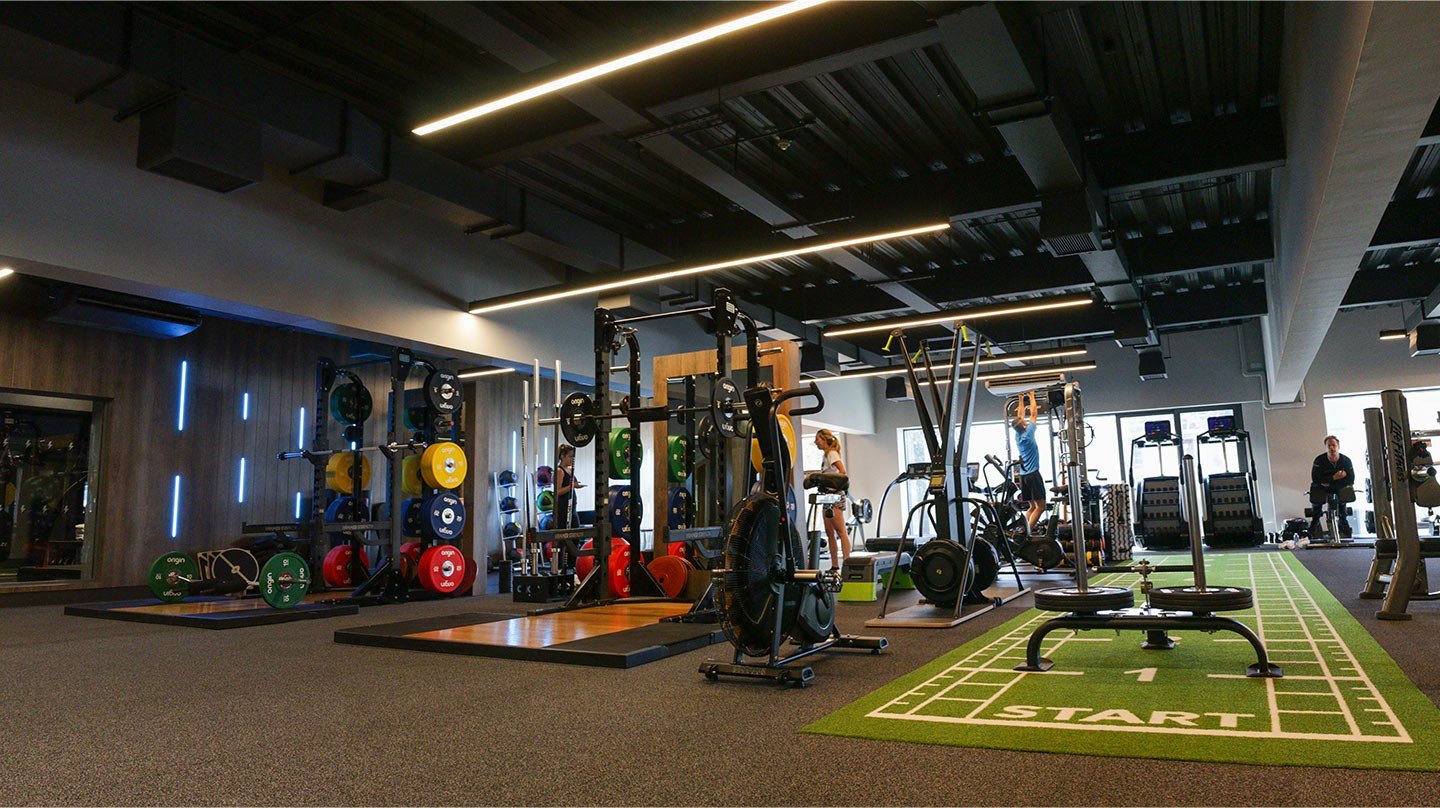Product added to cart


Running a gym that is reaching full capacity can be a huge challenge for gym managers. At first glance an influx of new year's resolutions or summer-body chasing newcomers may seem like good news for your business, yet they come with hidden dangers.
In this article, we've outlined some of the key indicators that your gym may be reaching full capacity, and three strategies to help your business cope with the numbers, without compromising on your member's experience.
Gyms reach full capacity when the maximum number of registered members is hit, while still being able to operate properly. While it can be hard to identify an exact number for your particular gym, it's worth defining a ballpark figure for you to keep an eye on.
This allows you to make difficult decisions about stopping selling memberships to avoid deterioration in service level for current member satisfaction. To estimate membership capacity, add together all the stations within your gym and multiply it by the amounts below:
To give you an idea of numbers a treadmill or a leg press would be one station as only one member can use it whereas cable machines will allow two or more members to train at one time. Take this into consideration when estimating.
Every facility will have unique considerations, but this is a tried and tested method of estimating capacity. Increasing diversity in fitness business models means that newer facilities focused on functional training, CrossFit or S&C may be able to get more in than the calculated maximum.
Consider other factors that may limit capacity, such as having only one changing room or bathroom despite having many stations and ample free space. This can lead to low membership satisfaction and decreased membership levels before reaching the perceived upper limit.
Each gym is unique, and "full capacity" will feel different to each gym. This means you need to have a strategy for objectively assessing the current level of your own member's happiness if you want them to continue choosing your facility over others.
You will most likely find evidence that your gym is running at (or beyond) full capacity during peak times. Members waiting to use equipment or unable to book classes should be your first red flags.
While an occasional waiting list can indicate the popularity of a class, a permanent one means you're not offering enough to satisfy your member's needs.
This will likely be a cause for frustration, dwindling motivation, and potential membership cancellations in the future. To avoid these, try the following three strategies and let us know how you get on:

Redistributing your members is a great way to reduce some of the pressure during peak times. It takes a little bit of work at the start, but can make a massive long-lasting impact on the satisfaction of your members, and how they interact with your business.
The first step is to ensure your gym is open for the maximum amount of viable time for you as a business owner, accommodating as many members as possible. Review your class schedule and operate a reserve list where possible.
Offering early morning classes can capture those looking for a hit before they head to work, while lunchtime classes are great for members who look to get away from their jobs for an hour. You can employ a class-only membership for members who need classes to get motivated, but don't train much outside of that.
Combine this with off-peak rates membership offers to attract members who use the gym during lulls, and keep them there. Separating your members will enable you to predict busy spells more easily, and allow you to adapt accordingly.
Small group sessions can help tackle capacity issues in different ways. Firstly, at busier times group sessions around functional rigs or open gym spaces can draw some members away from cardio and resistance zones - opening up extra stations for other users outwith the class.
The additional benefit of this is that class attendees and other gym users will be exposed to various circuits, functional, and bodyweight movements that may encourage non-machine-based training in the future.
Being part of small group sessions can also increase staff-member engagement. At busy times this can create more of a connection for those taking part, with the knock-on impact of more loyalty as a member.
Lastly if possible take it outside! Hosting outdoor sessions will allow you to accommodate more members. It also takes them away from the gym floor, freeing up space for other classes running simultaneously.
Though great customer service should always be at the forefront of your mind, it plays a particularly important role in member retention. If your facility is close to or at capacity, a good relationship with your customers can help minimise the dissatisfaction often experienced alongside growth. However, complaints may still come, which is why we recommend you spend extra time and care on the following points.
Your staff are the face of the company. If possible, allocate your staff with "chatting time" during which they walk around, talk to and catch up with your members. A small conversation often goes a long way to making a member feel like they are more than just a number to you. They will also find it easier to get a feel for the general atmosphere within the club if they are communicating with those using it.
Make sure you have your new customer journey or onboarding process detailed accurately. Welcome letters, calls and texts are a great way to create a welcoming feeling and catch up with them outside of the gym. Make sure you don't overwhelm or come across spammy - just caring enough to check in and ensure their membership is working for them.
Even if new members find the gym overwhelmingly busy, or struggle to get into classes, they may be persuaded to wait it out if they are personally invested in their commitment to you.
Often, the members that are most affected by increasing membership numbers are the long-term members or 'regulars'. They are most likely to get fed up with the sudden influx of new faces in classes and increased pressure on equipment availability. You must try to keep them motivated.
A great way to do this is to get them involved and prepared indirectly, by asking for their feedback in December regarding any changes they'd like to see in the gym for the new year. These might include new class ideas, or acquiring new bits of equipment (these do not have to be huge investments, but big enough to indicate that you are taking their requests on board). Seeing a suggestion turned into action makes members feel valued.
Rewarding them for bringing a friend in during the new year can also be a great peacekeeper, as they are part of the reason the gym suddenly seems busier than a month ago.
The key to each of these strategies is to properly communicate with your members, whether its regarding changes to classes, opening times or facilties.
Though these may not fully remedy the effects of operating beyond your capacity, they may minimise member dissatisfaction while you work on resolving any bigger issues within your facility. If you're looking to change the layout of your facility, or perhaps interested to find out more about a full gym refurbishment, you can get in touch with our team of experts who will be happy to help.